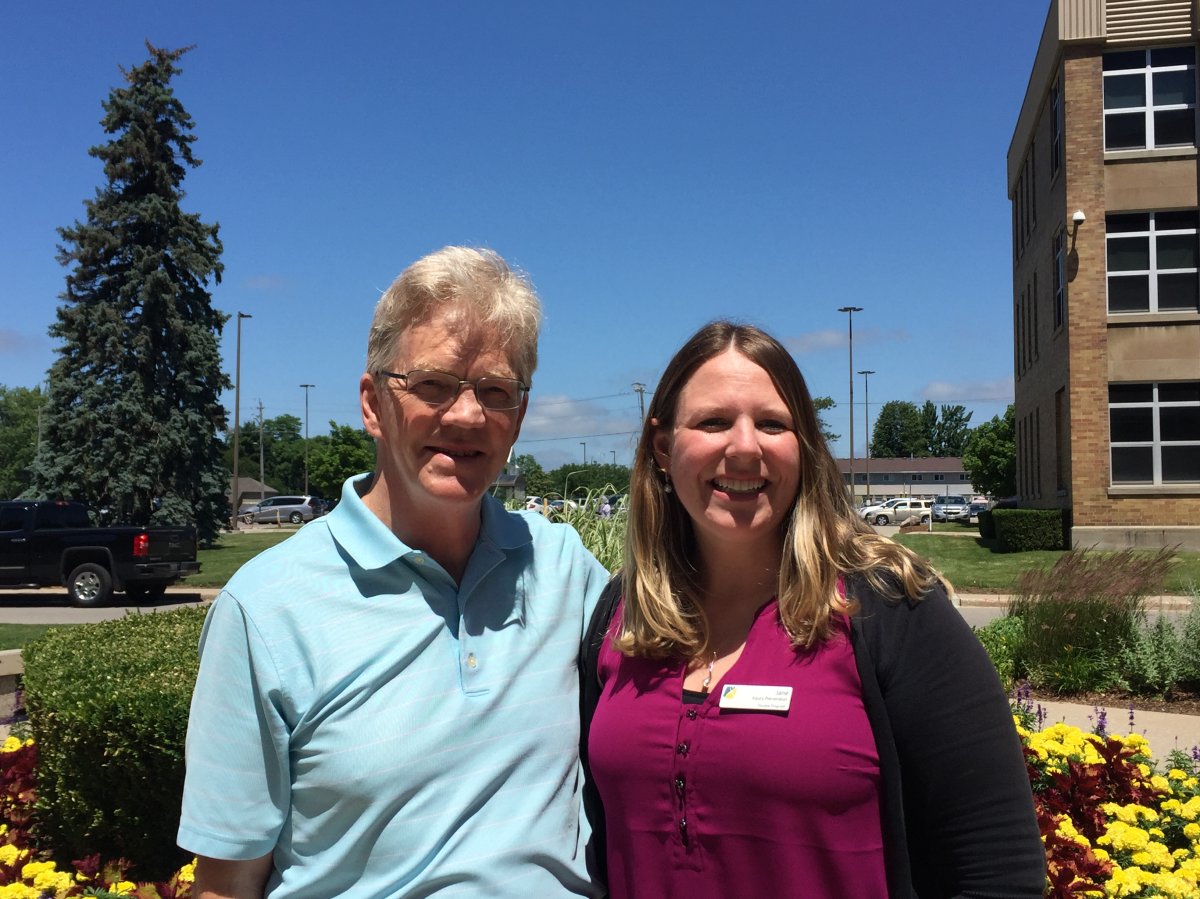When Mel Martin wakes up each day, he’s thankful the outcome of a crash caused by fatigued driving wasn’t worse.

“I’m so thankful that I didn’t kill a child,” Martin said. “I’m so thankful I didn’t veer off left into a car, and impact another family.”
The 62-year-old orchestra violinist with the Stratford Festival has a lot to be thankful for, after he survived crashing his vehicle into a ditch on Aug. 10, 2017. He’d been driving home to London at about 11:15 p.m following an evening performance.
“In the past, I would remember fighting sleep off while I was driving,” he said. “This caught me totally by surprise… About two thirds of the trip I remember with a lot of specifics, and then the five kilometers before the accident, I don’t remember anything.”
Martin says he drove into a culvert going 90 kilometres an hour — the speed at which he’d carefully set his vehicle’s cruise control.
The next thing he remembers is waking up to discover a badly broken hand and an electrical fire at the front of his vehicle. He says he dragged himself out of the passenger-side door.

Get weekly health news
“All the injuries were caused by the seatbelt and my body taking the impact. So when I got to the hospital they had to do a tracheotomy to open my airway.”
The next day, he realized he’d also injured two of his spinal vertebrae and “couldn’t really move.” He spent 12 days in hospital, and 2.5 months in respite care.
“As far as I’m concerned, it’s been a miracle,” said Martin, who has almost fully recovered from his injuries and is able to keep playing violin. And while he is “pretty much back to normal,” Martin’s life has taken on some other changes.
“I live my life with a lot of gratitude,” he said.
Martin is reminding people about the dangers of fatigued driving, and the importance of changing your schedule so you don’t have to drive while sleepy.
“We all have a lot of responsibilities, and usually we tend to compromise our sleep to get things done.”
Jane Edwards, an injury prevention specialist with the London Health Sciences Centre (LHSC), wants people to find a safe place to pull over and take a nap if they feel tired.
“Being aware of your day, your last couple of days, how your sleep patterns have been,” are also crucial things to think about, she explained.
“Driving tired is something that we’ve all done. It’s something we probably do without even thinking about it.”
Edwards says inattention, fatigue and drowsy driving are factors in 20 per cent of vehicle crashes in Canada. And she suspects the number could be higher, because it’s difficult to determine if drowsiness was a factor in a fatal crash.
While planning to have multiple drivers that can take turns behind the wheel for longer trips is a good idea, Edwards also suggests sometimes the best option is to simply change one’s plans altogether to allow for adequate rest.
“There’s only so much we can do to treat patients,” Edwards said. “At some point we have to recognize that we have to prevent the injuries before they happen.”
Edwards says most trauma patients between the May long weekend through Labour Day have injuries caused by vehicle crashes.
“If we can prevent one person from coming into our trauma room this season, we’ll do everything we can.”











Comments